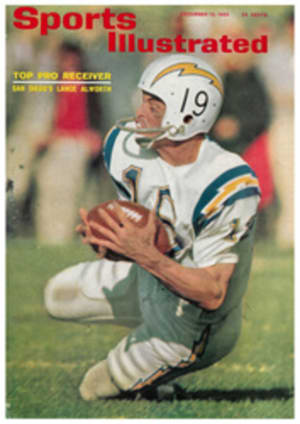
'Cruising Under Sail' by Eric C. Hiscock stands up as definitive in a new edition
Drop the hook in Port Castries or Cristobal or off the barrel "post office" in the Galàpagos islands, and chances are that before yon have everything secured you will hear the rattle of anchor chain from a British yacht named Wanderer. Sailing her will be Eric C. Hiscock, and you will hear that chain rattle because, expert ocean sailor that he is, Hiscock does not believe in newfangled synthetic fibers for anchor rodes. Since Hiscock has made it around the world more than once in smallish craft, with only his wife Susan for crew, even his most conservative prejudices are entitled to respect.
In 1950 Hiscock published Cruising Under Sail, and a fine book it was—an essential primer for anyone who aspires to cruise blue waters in anything bigger than Tinkerbelle but smaller than America. Now in the light of his broadened experience Hiscock has revised and enlarged the book in a second edition (Oxford, $12.75). As Hiscock says, though basic seamanship has changed not at all since first publication of the book, experience has modified some of his convictions—as have new materials and devices.
Hiscock now fully accepts Dacron (Terylene to the English) as the best material for sails, and even tolerates stainless steel for any standing rigging on which a sail is to be hanked, because of the unavoidable chafe. For unchafed rigging, Hiscock still prefers galvanized steel. And because he lives where handcrafted planking is expertly and cheaply done, he prefers wood to Fiberglas or metal for yacht hulls.
Into 457 pages plus an excellent index, Hiscock packs both basic data for the aspiring cruiser and sophisticated opinions for the expert. He includes the best yachting glossary I have yet seen in such modest scope ("aback" to "yawl" in 21 pages), gives lists of essential stores and adds for lagniappe an appendix on provisioning by First Mate and Chief Cook Susan Hiscock. (She even knows how to keep fresh eggs fresh in the tropics without refrigeration: coat them lightly in vaseline.)
A few stubborn Briticisms may puzzle the American reader—such as rigging screws for turnbuckles and, of course, Perspex for Plexiglas—but he had better learn them anyway if he is setting sail for any port between Land's End and Sydney Heads. Hiscock never forgets that most men who want to cruise limitless oceans have only limited funds. The book can save such a man a hundred times its cost, through the sensible but safe economies it recommends. It may even save his life.

